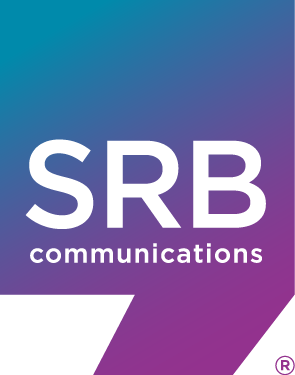News & Insights
Influencer Marketing
Celebrities were among the earliest influencers, especially famous entertainers who enthralled fans and swayed consumers in person or print, over the air or on a screen. But that was eons before social media grew pervasive and reverse-engineered the process, changing life for generations born after the Internet shrunk the world.
Nowadays, fame and celebrity aren’t prerequisites for mass persuasion; renown can grow as individuals become influencers on social media, helping brands connect to targeted slices of cyberspace.
A wide range of multicultural influencers operate within Washington D.C.’s diverse metro area. Sara Mora (239K Instagram followers), is a Costa Rican native and social entrepreneur who founded a bilingual directory and podcast that destigmatizes mental health. Michell Clark (593K Instagram followers) is an African American author and content creator who targets Black-owned and Black-facing businesses. Kimberly Kong (112K Instagram followers) is a Korean American digital marketer who works with food and hospitality brands.
Statista estimates that social media users worldwide will increase to 5.2 billion this year, up from 2.7 billion in 2017. Another 300 million users are expected by 2027, more prospects for influencers with less than 10,000 followers (an amount far beneath the reach of mainstream celebrities and megawatt stars). But some of the most effective influencers are relatively anonymous outside of their niches. Inside, they are well-respected voices with reputations built primarily through online activity as opposed to traditional media.
Linking with social media influencers can be valuable for brands seeking to build trust and credibility. The connection can lead to more engagement and enhanced visibility, especially among potential customers who otherwise might be missed. No matter a brand’s category, there are influencers with a genuine relationship and special bond to that audience.
Baby Boomers might struggle to grasp the phenomenon. But it’s an elementary concept among digital natives.
According to The New York Times, one in three preteens lists influencing as a career goal, and 11 percent of Generation Z members (born between 1997-2012) describe themselves as influencers. Goldman Sachs reports that U.S. brands spend more than $50 billion a year on influencers and the “creator economy” tops $250 billion worldwide.
Promotion through social influencers
Agencies can help brands identify and connect with relevant influencers. Expectations and goals must be clear because influencers have a wide range of followers and niches. Even if celebrities are within the budget, they don’t necessarily lead to significant engagement and product purchases.
Being authentic is more important than having a large following. Choice influencers have a loyal audience that’s more apt to use their affiliate links and discount codes when offered or partake in exclusive deals and promotions.
After settling on an influencer and reaching an agreement, brands can sponsor content, offer giveaways and create contests. Promoting influencers’ content within the brand’s channels – and vice versa – is another strategy to drive public interaction.
The best time to utilize influencers
When brands wish to connect with a new audience, inform existing customers or shape opinions on the company’s offerings and reputation, influencers should be considered. Their content increases the chance that a brand goes viral and, at the very least, raises awareness.
Influencers are particularly useful for rolling out new products, adding followers and sharing brand news. Brittany Hennesy, author of “Influencer: Building Your Personal Brand in the Age of Social Media,” says influencer marketing tends to drive product sales more than TV or print ads.
Though there’s no wrong time to explore the use of influencers, it’s better to start when planning the overall marketing mix. But even beyond that point, influencers can be worked into brand strategy for specific marketing and promotional campaigns.
Choosing the platform(s)
Influential bloggers are subject matter experts in their chosen area, turning topics like health, education and energy into personal cottage industries. YouTube creators attract millions of subscribers for video content, another enticing option for brand advertising.
Podcasters enjoyed sizeable audience growth during the pandemic and continue to command large swaths of social discourse. Then there are influencers who build their reach mainly through posts on Instagram, X-Twitter and other social platforms.
The brand’s content, objectives and target audience are determining factors in choosing a platform. Those factors also help decide which influencers to partner with, incorporating their individual style and personality into the strategy.
What to watch out for
Agencies can assist in steering brands away from fraudulent influencers, copyright infringement and inauthentic endorsements. Some feeds have an abundance of sponsored content as opposed to organic material, or content that doesn’t align with a brand’s values and beliefs.
Other influencers might have fake follower counts or might overcharge for underwhelming results. There’s also the risk of influencers damaging their own reputation and taking a brand down in the process.
But considering the millions of potential customers who are heavy users of social media, influencers are often the best way to reach a brand’s target audience.
As long as they’re properly vetted and both parties agree on a smart strategic plan, the rewards outweigh the risks when brands use social media influencers.



